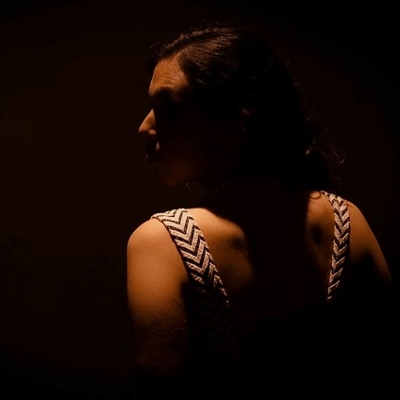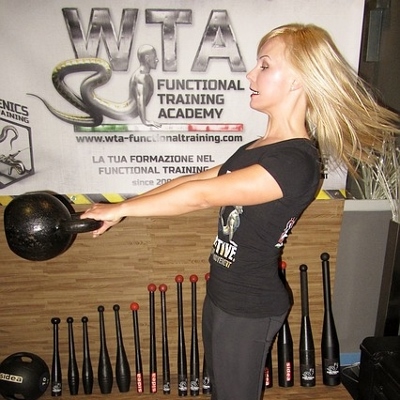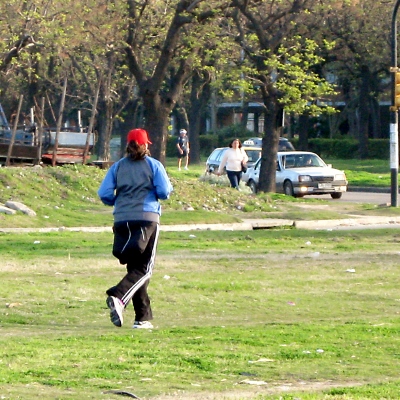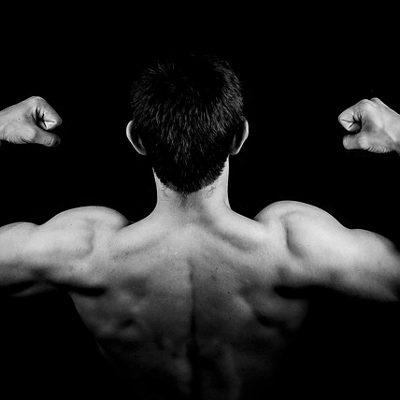When it comes to varicose veins, regular exercise is key. Not only can it prevent some vein issues in the first place, but it also can alleviate the pain associated with the condition if it does occur. The important tip to keep in mind, however, is that not all exercise is equally effective. If you have varicose veins, some movements will alleviate symptoms while others will aggravate them. To ensure that your exercise helps instead of hinders your vein issues, it’s best to stick to low-impact activities that improve circulation in the legs.
So, which exercises are best for preventing varicose veins or alleviating the symptoms? Here are some activities that, if done regularly, can not only improve your circulation, but also boost your overall health and fitness:1. Walking
While high-impact exercises can be great for maximizing calorie burn, they can put too much pressure on the legs. A better option is a good, old-fashioned walk. You don’t need any special equipment and you can do it almost anywhere. Yet, simple as it sounds,regular walking is good for your bones, muscles, blood pressure and weight control.
2. Biking
Biking is another low-impact exercise that gets the blood moving without putting too much pressure on your joints. Consistently riding a bike strengthens the calf muscles, improves circulation and doesn’t require you to overtax your varicose veins. Bonus tip: you can enjoy some benefits of cycling even if you don’t have a bike. While lying on your back, lift your legs and go through the motions of pedaling. Continue the exercise for aslong as you can to reap the benefits of cycling without going out for a ride.
3. Calf Raises
This is another easy exercise that can be done wherever you are by simply standing on both feet and lifting your heels upwards. Calf raises are a great way to strengthen calf muscles, and doing them regularly can prevent or reduce varicose veins.
4. Swimming
When you’re swimming, your body is supported by water, reducing the amount of weight your muscles must bear. This makes swimming easier on your joints and varicose veins, yet still effective at burning calories, building strong muscles and improving cardiovascular health.5. Yoga
The stress-relieving, restorative benefits of yoga are just two of the many reasons to take up this practice. In terms of vein health, yoga includes many poses that take pressure off the legs. It also boosts circulation, eases soreness and can help reduce swelling.
6. Body Weight Squats
While some types of weightlifting can be hard on varicose veins, holding weights while doing squats is a great way to strengthen your leg muscles. By extension, this exercise can help your blood vessels, too.
These six examples are a great place to start when you’re looking to improve vein health through exercise. To learn more about other physical activities that can relieve the pain associated with varicose veins, take a look at the attached resource. In it, you’ll find a breakdown of some of the best — and worst — ways to work out for vein health. Use it to get inspired to begin a program of healthy movement that will help you address and alleviate your vein problems.
Author bio: Dr. John Golan is Lead Vascular Surgeon at North Shore Vascular, a vascular surgery specialty practice in Northfield, Illinois. Dr. Golan has 30 years of experience treating veins and arteries, and became the first physician in the Chicago area to provide laser treatment for varicose veins (EVLT). He is responsible for leading diagnosis and providing the best treatment for patients.

Courtesy of North Shore Vascular
Linked URL:
https://northshorevascular.com/
Resources:
https://www.azuravascularcare.com/infoveins/six-exercises-to-help-with-varicose-veins-prevention/
https://stylesatlife.com/articles/exercises-to-clear-varicose-veins/





